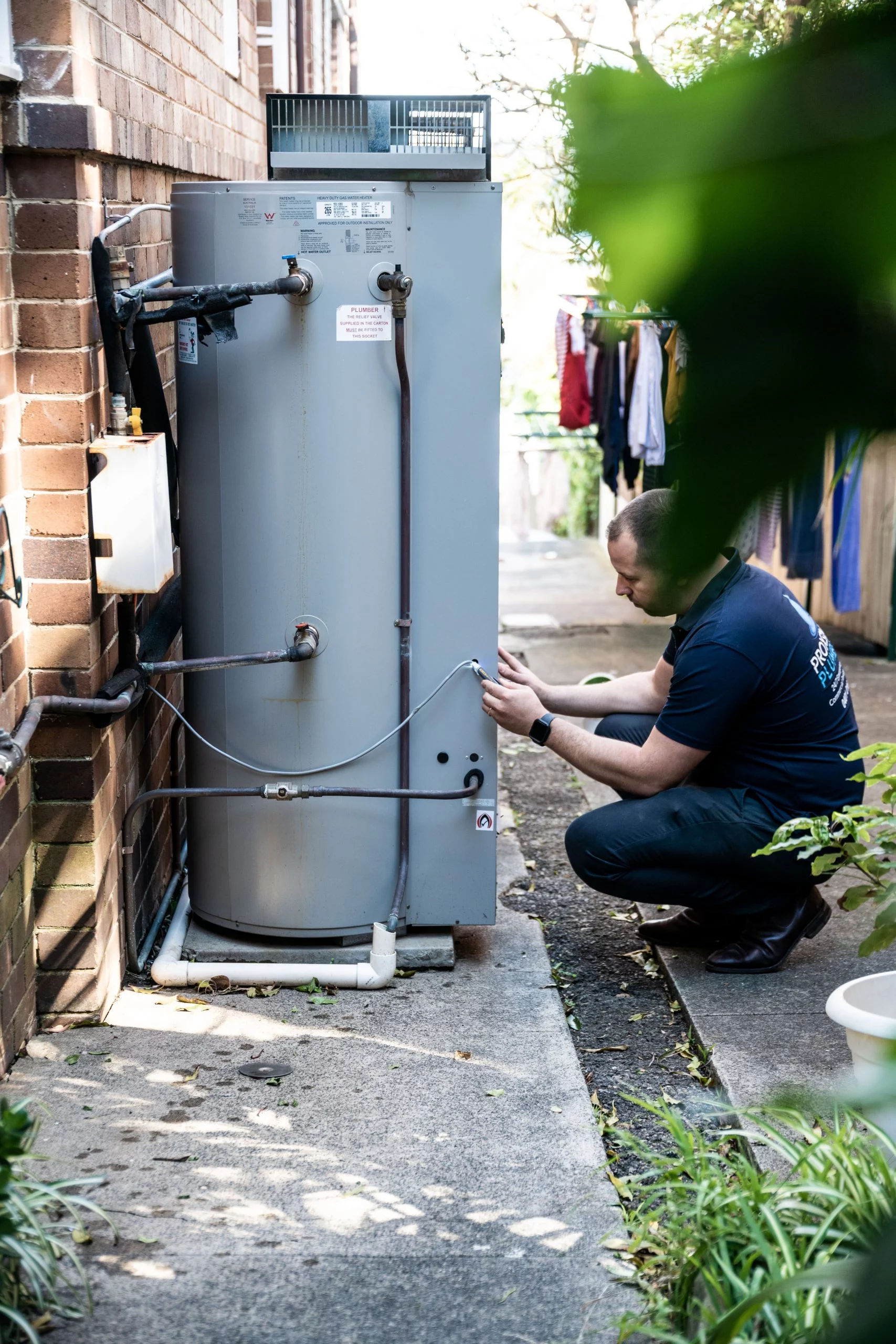Effective Techniques for Maintaining Your Home's Hot Water System
Effective Techniques for Maintaining Your Home's Hot Water System
Blog Article
How do you feel with regards to Water Heater Maintenance Tips You Can't Afford to Forget?

Hot water is crucial for everyday convenience, whether it's for a refreshing shower or cleaning meals. To ensure your warm water system runs efficiently and lasts longer, normal maintenance is crucial. This article gives useful pointers and insights on exactly how to keep your home's hot water system to prevent disturbances and costly repair services.
Introduction
Preserving your home's warm water system could seem complicated, yet with a couple of straightforward steps, you can guarantee it runs efficiently for years to find. This overview covers whatever from recognizing your warm water system to DIY maintenance ideas and recognizing when to call in specialist aid.
Significance of Preserving Your Warm Water System
Normal upkeep not only prolongs the life expectancy of your warm water system yet additionally ensures it operates effectively. Ignoring upkeep can lead to decreased effectiveness, higher energy expenses, and also early failing of the system.
Indicators Your Warm Water System Demands Maintenance
Knowing when your hot water system needs attention can prevent significant concerns. Keep an eye out for indicators such as irregular water temperature level, weird sounds from the heating system, or rusty water.
Flushing the Water Heater
Purging your hot water heater gets rid of debris accumulation, enhancing performance and prolonging its life.
Checking and Changing Anode Rods
Anode poles stop rust inside the storage tank. Examining and changing them when broken is vital.
Complicated Problems Requiring Professional Aid
Instances include significant leakages, electrical problems, or if your hot water heater is constantly underperforming.
Routine Professional Upkeep Advantages
Professional upkeep can consist of extensive evaluations, tune-ups, and ensuring conformity with safety criteria.
Checking and Changing Temperature Setups
Changing the temperature level setups guarantees optimal efficiency and security.
DIY Tips for Upkeep
You can carry out several upkeep jobs yourself to maintain your warm water system in top problem.
Checking for Leakages
Frequently evaluate pipes and links for leaks, as these can bring about water damages and higher expenses.
Understanding Your Hot Water System
Prior to diving into upkeep tasks, it's handy to comprehend the standard elements of your warm water system. Typically, this consists of the water heater itself, pipelines, anode poles, and temperature controls.
Month-to-month Maintenance Tasks
Normal regular monthly checks can aid catch small issues before they rise.
Evaluating Stress Relief Valves
Testing the stress safety valve ensures it works appropriately and avoids too much stress accumulation.
Shielding Pipes
Protecting warm water pipes lowers warmth loss and can conserve power.
When to Call a Specialist
While do it yourself upkeep is useful, some concerns need professional experience.
Conclusion
Normal maintenance of your home's hot water system is necessary for efficiency, longevity, and price savings. By complying with these pointers and knowing when to seek expert assistance, you can make certain a trustworthy supply of warm water without unexpected disruptions.
How to Maintain an Instant Hot Water Heater
Before tinkering with your hot water heater, make sure that it’s not powered on. You also have to turn off the main circuit breaker and shut off the main gas line to prevent accidents. Also turn off the water valves connected to your unit to prevent water from flowing into and out of the appliance. 2. When you’re done, you have to detach the purge valves’ caps. These look like the letter “T†and are situated on either side of the water valves. Doing so will release any pressure that has accumulated inside the valves while at the same time avoid hot water from shooting out and burning your skin. 3. When the purge valves’ caps are removed, you have to connect your hosing lines to the valves. Your unit should have come with three hoses but if it didn’t, you can purchase these things from any hardware or home repair shops. You can also get them from retail stores that sell water heating systems. Read the user’s manual and follow it to complete this task properly. When the hosing lines are connected, open the purge port’s valves. 4. You should never use harsh chemical cleaners or solutions when cleaning your unit. Make use of white vinegar instead. It should be undiluted and you’ll probably use about 2 gallons. 5. Now flush your water heater. This task should probably take about 40 minutes. We can’t give you specific directions for this because the procedure is carried out depending on the type, model and brand of your heater. With that being said, refer to the user’s manual. 6. When you’re done draining the unit, you have to turn off the purge port valves again. Remove the hosing lines that you earlier installed on each of the water valves. Put the valve caps (purge port) back in their respective places and be very careful so as not to damage the rubber discs that are found inside these caps. 7. Now that everything’s back in place, check your user’s manual again to find out how to reactivate your water heating system. 8. Once it is working, turn one of your hot water faucets on just to let air pass through the heater’s water supply pipes. Leave the tap on until water flows smoothly out of it. https://www.orrplumbing.com/blog/2014/september/how-to-maintain-an-instant-hot-water-heater/

As an avid reader on What Kind of Maintenance Do Water Heaters Need?, I think sharing that piece of content was worthwhile. Those who enjoyed reading our blog posting plz remember to share it. We truly appreciate your readership.
Get Quote Report this page